The look of Perutz slide film
An article that looks at a vintage colour slide film from the past – Perutz slide film.
This is another in the occasional series I’m running which highlight a particular vintage film emulsion to try to show how it looked when it was available many years ago. In this case the film I’m featuring is Perutz slide film.
For anyone who hasn’t heard of Perutz, I found this youtube video showing a 1965 TV commercial for it.
Perutz Slide film
I have to admit that I am one of that group who had never heard of Perutz slide film and when I first found some slides marked with the name, I assumed that it referred to the manufacturer of the slide mount.
After a bit of research however, I found a page which gave me some information about the film.
It seems that Perutz film was available from about 1960 to the early 1970’s and was both a film emulsion and a processing chemistry. This meant it needed to be returned to the manufacturer for processing; a set up which reminded me of Kodachrome, which was always supplied with an envelope to return the film to the lab and was purchased as process paid. At the time I thought it was for the customer’s convenience, but it was probably also to preserve the secret of the processing chemistry with the manufacturer.
This post features ten images from slides in my collection. There is one from the tower of London showing the entrance, eight showing a family on a sailing boat somewhere at sea and a tenth rather poorly taken image of a lake and some trees. The first nine come from a single collection of slides I bought many months ago, and the other slide came from a set I bought recently.
In order to try to preserve the look of the emulsion I have scanned these images without applying any sort of correction in Post Processing other than to crop out the over scan around the edge of the image. During the scan the only setting I adjusted was to set the exposure so that the slide was the correct brightness. Everything else has been left exactly as scanned to try to get as close as possible to the look of the slide.
The slides themselves are all plastic mount, as shown in the video above, and probably date from around the time that advert was made in the mid 1960s.
Perutz Images
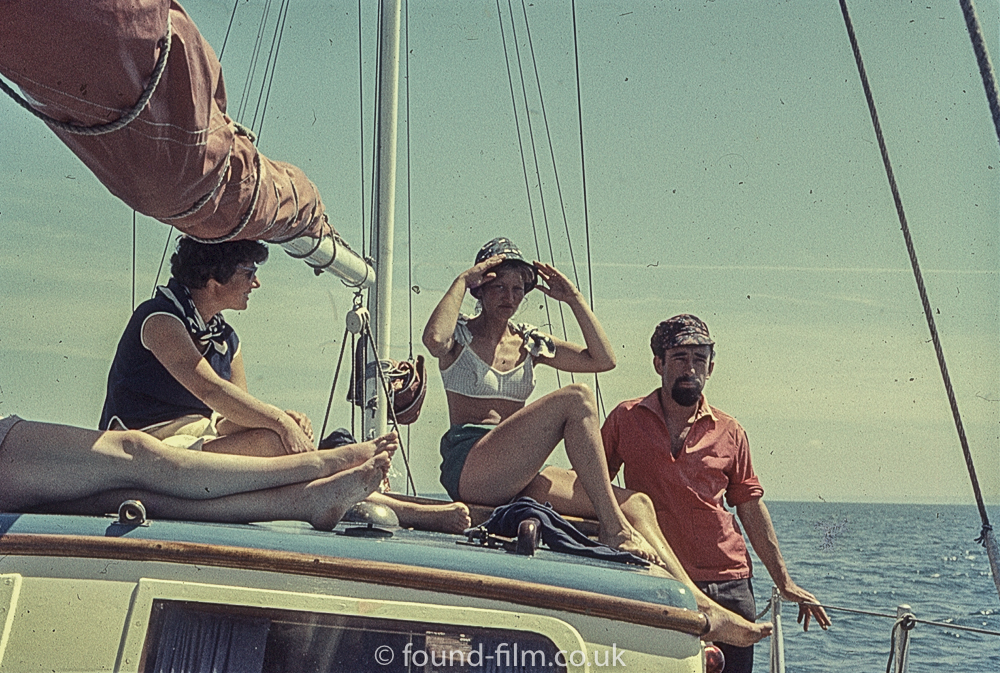
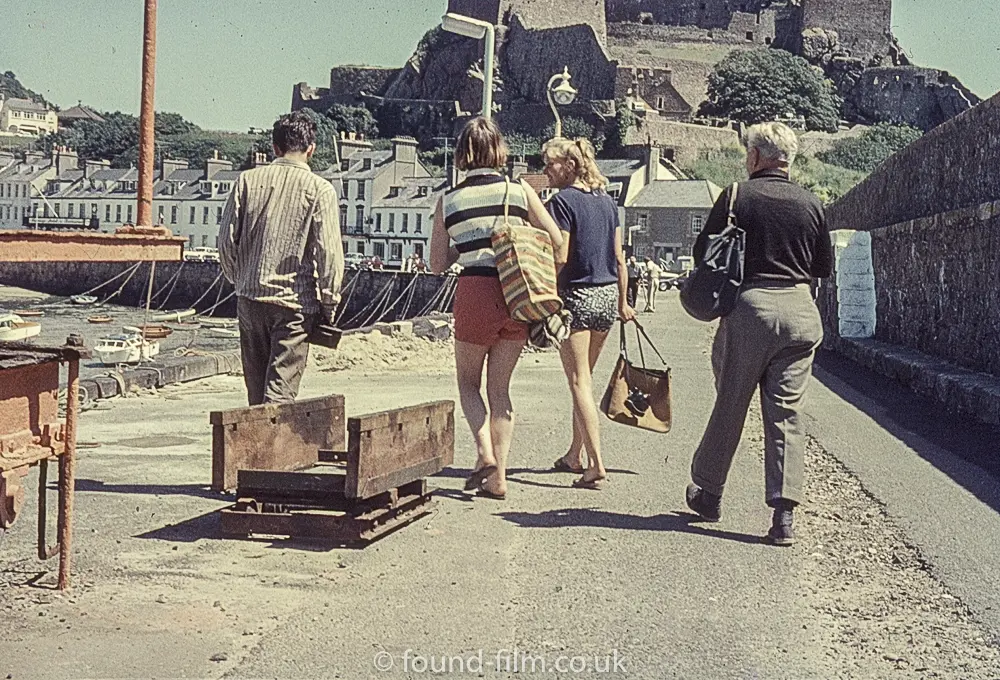
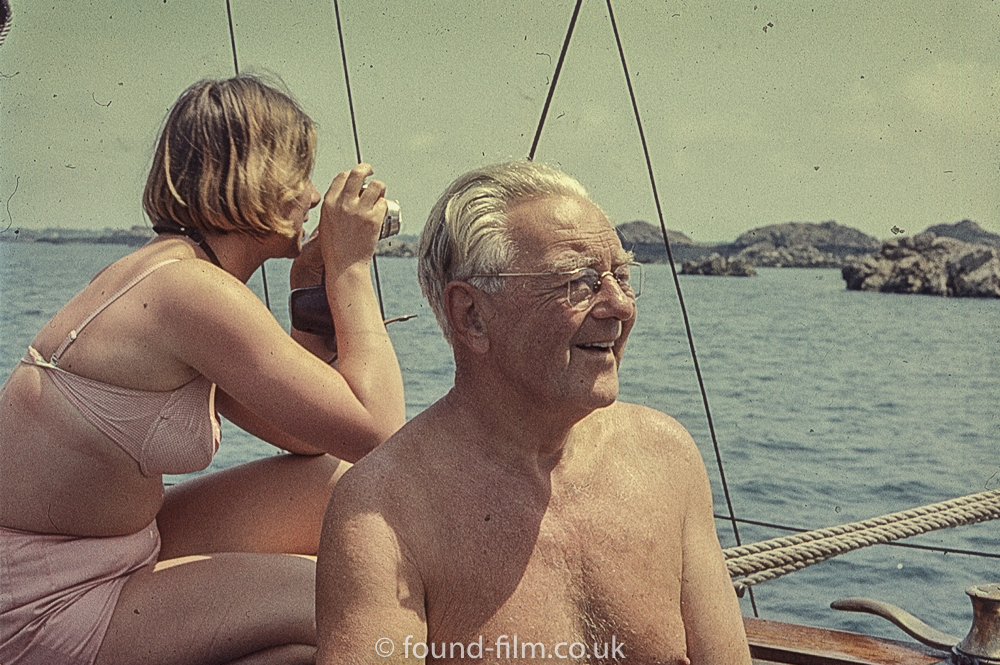
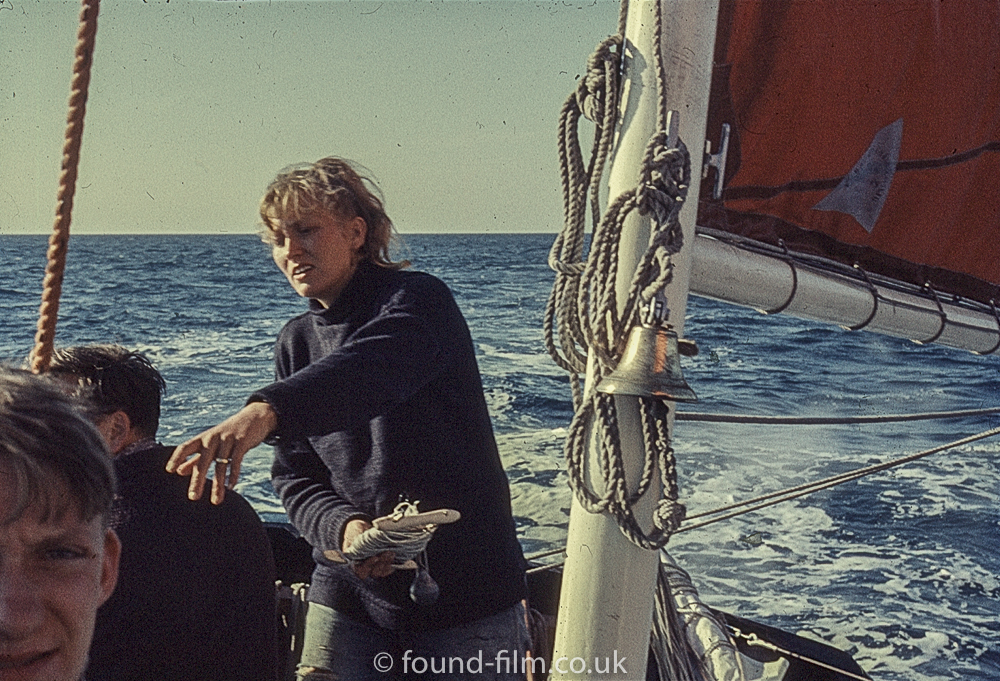

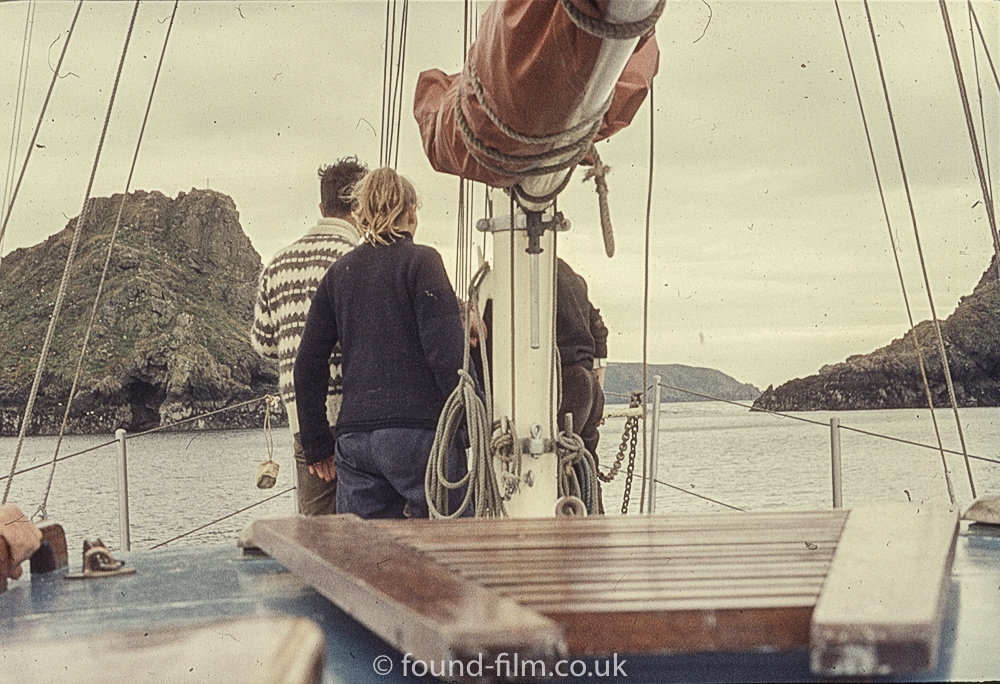
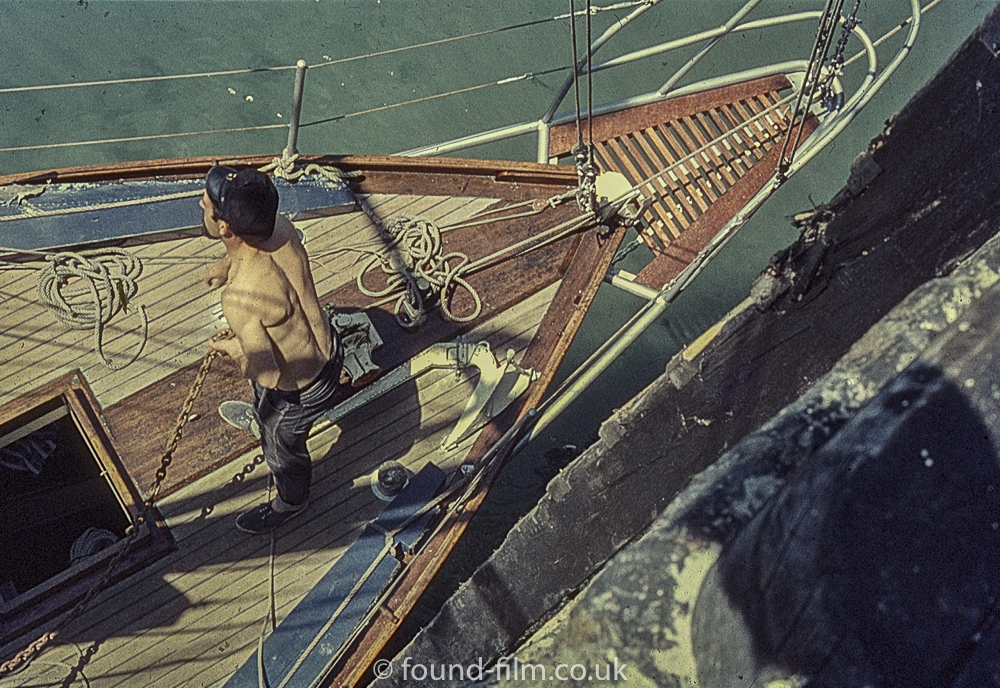
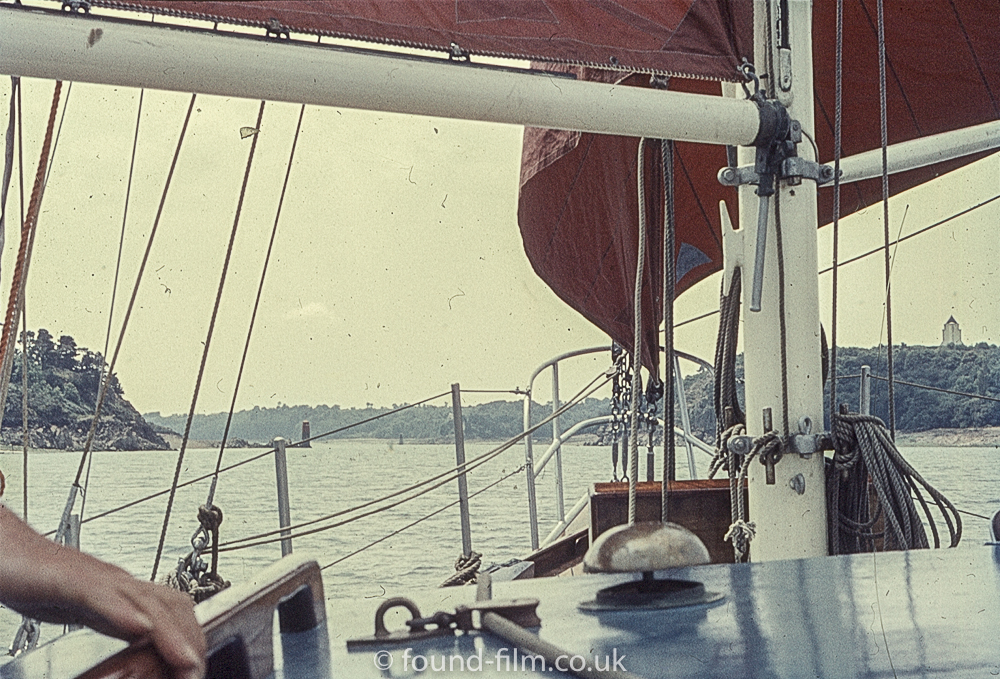
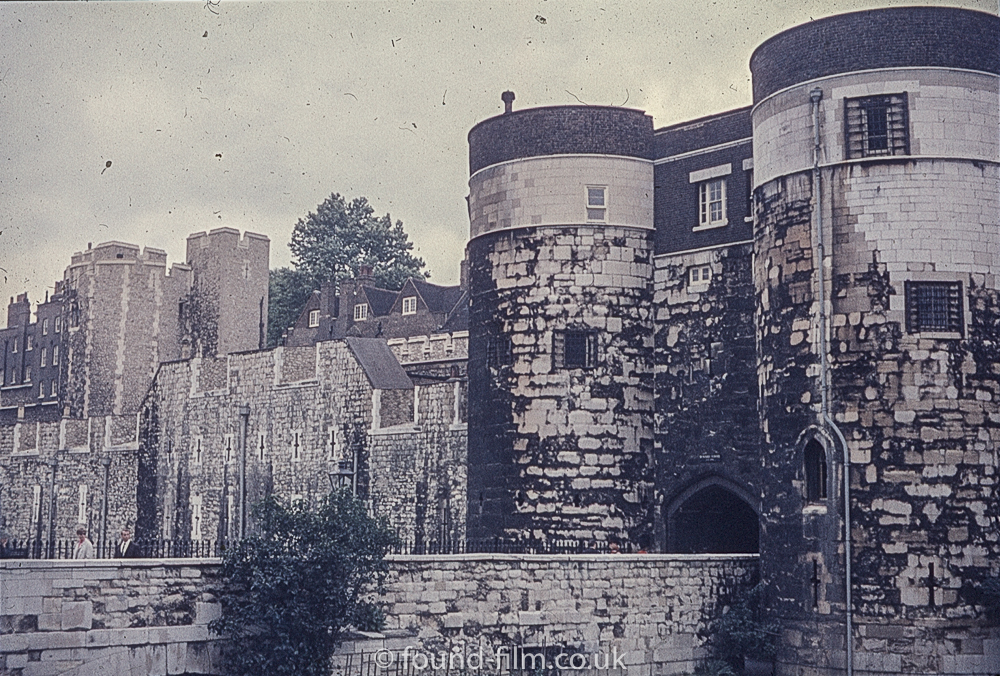
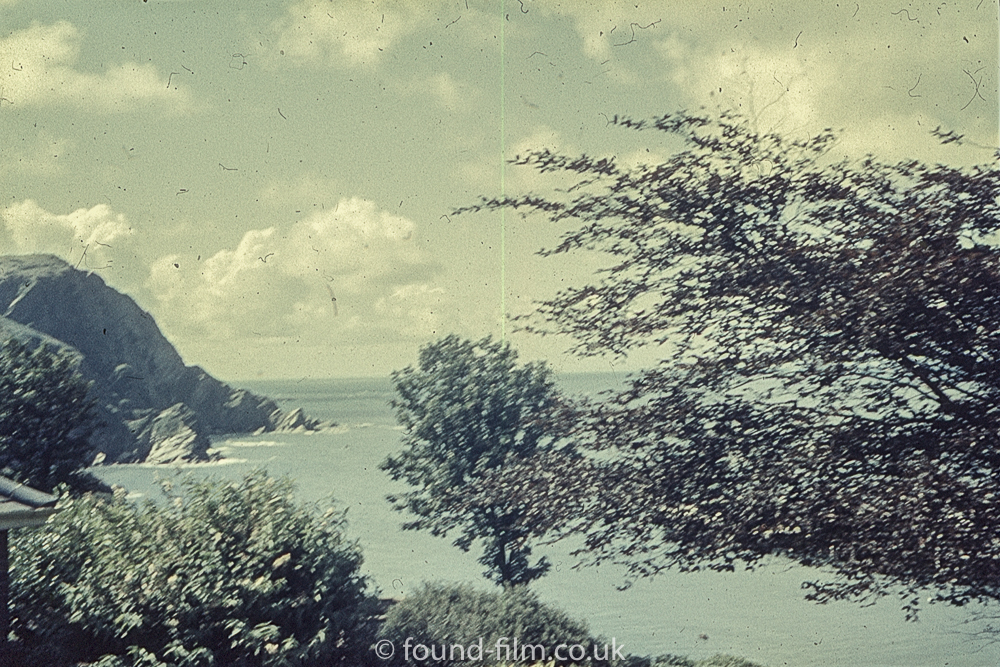
So, how does Perutz look?
Well, of course that is a completely subjective question and anyway this is only a small selection of 10 images, but to my eye the images on the sailing boat above have a nice colour rendition, and look bright and sharp. The image of the Tower of London does not look as good, but it was obviously a different day when the picture was taken so it’s not really a good comparison. The Lake and trees image is rather dirty and defocussed but also looks quite washed out and poor coloured compared to the sailing boat images.
I think Perutz certainly looks closer to Kodachrome than the other film I’ve featured in this series which was Illford and I tend to think of Kodachrome as the ‘gold standard’ of colour slide film. I’d be interested in anyone else’s opinion.
Discover more from Everything Vintage
Subscribe to get the latest posts sent to your email.


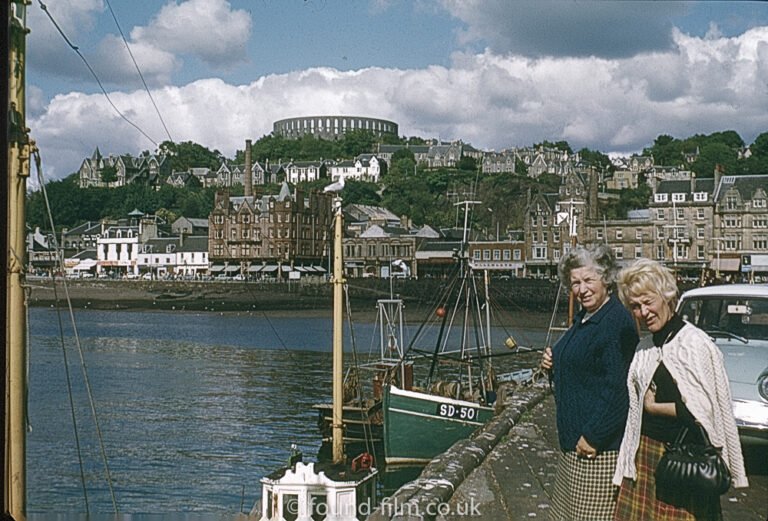
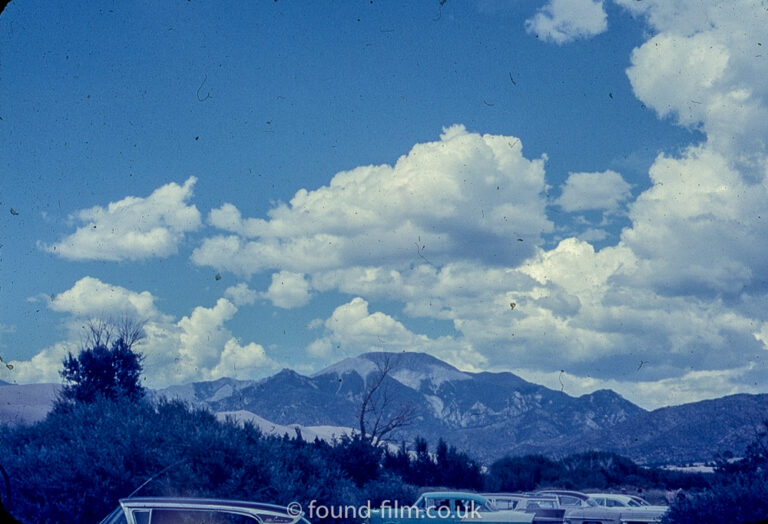

At that time I was not the keen photographer that I am today. In the Sixties there was far too much going on “socially” for people in their teens and twenties to be thinking about which film to use. So my opinion expressed here is by no means technical or even of great value.
My impression was, as you say, Kodachrome was the most highly regarded colour film. I remember seeing slide shows of what was then very exotic trips to Italy and Yugoslavia, all shot in Kodachrome. The colours were fabulously rich, popping off the projection screen with a vividness like Technicolor in the cinema. In my mind’s eye I can still see the deep blue of the skies and the vermilion of Italian flowers cascading down a wall. Gosh, what IS the name of that flower? It’s on the tip of my tongue. Bougainvillea! That’s it!
Ilford colour film was less evident and, when encountered, rendered colours that were rather drab in comparison to Kodachrome. I think this was in part due to most of the scenes being shot on Ilfochrome being in British weather. Let’s face it, the weather conditions have a great effect on the colours rendered.
I did know of the existence of Perutz film but it was very much less popular, and less frequently encountered. Agfa was a much more well known brand, almost on a par with Kodak, but I cannot comment informatively on its quality. I read somewhere recently the implausible statement that the colour of the cardboard boxes that films come in is an indication of the colour “cast” in the images rendered. I somehow have come to believe that. The Agfa film comes in red boxes and the images rendered have strong “reds”. The Kodak film, in yellow boxes, gives very “sunny” results. Fujicolor, in green boxes, gives a more neutral, middle of the road, colour, with less emphasis on a particular primary colour.
My final comment, which I believe is most pertinent to this question, is that processed Kodachrome is reputed to be more stable than other processed films. I believe this is more than just anecdotal, and is based upon strong evidence.
[…] film when I used to regularly take slide pictures in the 1960 and 70s, but in a similar way to the Perutz film I featured a couple of weeks ago, I found this TV advert (in black & white!) which was produced […]
Perutz slide film must have been around for longer than the early seventies. I recall shooting it quite often in high school. Not because of any color preference etc., but simply because it was much cheaper than Agfa and Kodak. The look of your scanned slides looks familiar and brings back childhood memories.
At that time it was standard to mail in your film. I recall going on long trips, mailing in a dozen envelopes (mostly Kodachrome 25 at that time) and being almost guaranteed to receive the “best” roll last, at least two days after all the others came back.
The Perutz film originated back in the 1880’s in Germany, by my ancestor Otto Perutz. He was a chemists and worked with the first silver plates in radiography. The Perutz Photowerkz company was in business until 1964 when bought our by the big company of Agfa.
Thank you for this nice little review. I started photography in the USA in 1976 and always used Ektachrome or Kodachrome. After joining the Army I was stationed in West Germany for two years (1977-1979) and continued using some Ektachrome but mostly Kodachrome until a friend recommended Perutz (Peruchrome) because of its much lower cost. The film was always available in a local department store and I ended up loving it for what I saw as warmer and richer colors. To me it was ideal for photographing the medieval towns of southern Germany. Ektachrome and Kodachrome rendered the scenes as too new and fresh while Perutz wrapped everything in its warm and rich tones. The Ektachrome I shot back then had a bluish tint that has only increased with time. The Kodachrome and Pertutz transparencies have maintained their original color. I also enjoyed getting the film back in a long roll and using a film splicer to cut each transparency and then mounting into cardboard mounts, also sold by Perutz. Thanks again for recognizing this wonderful film!